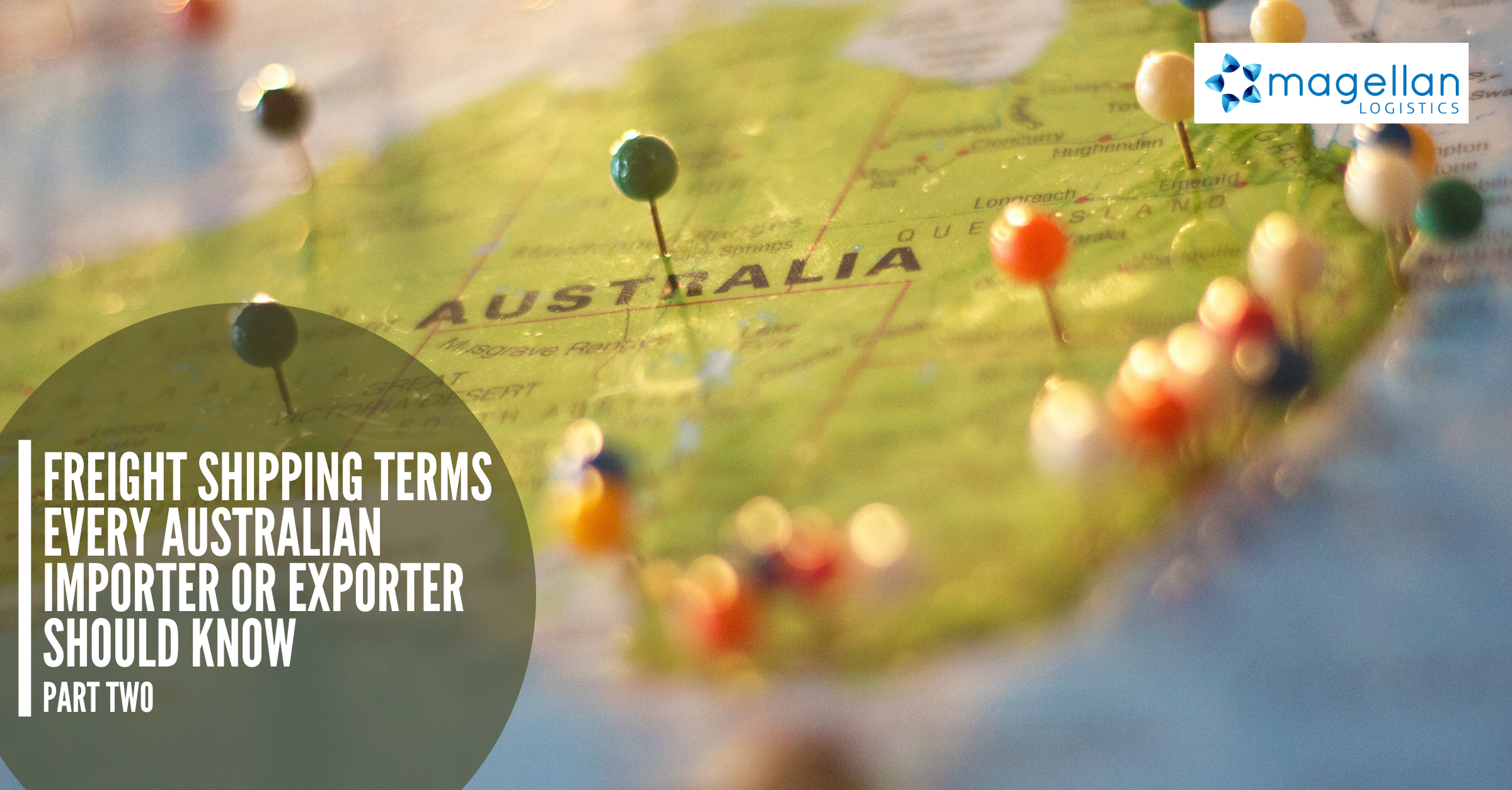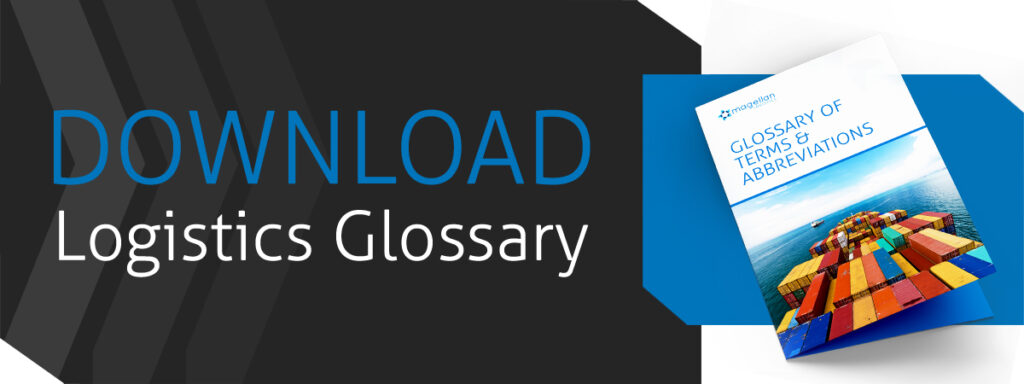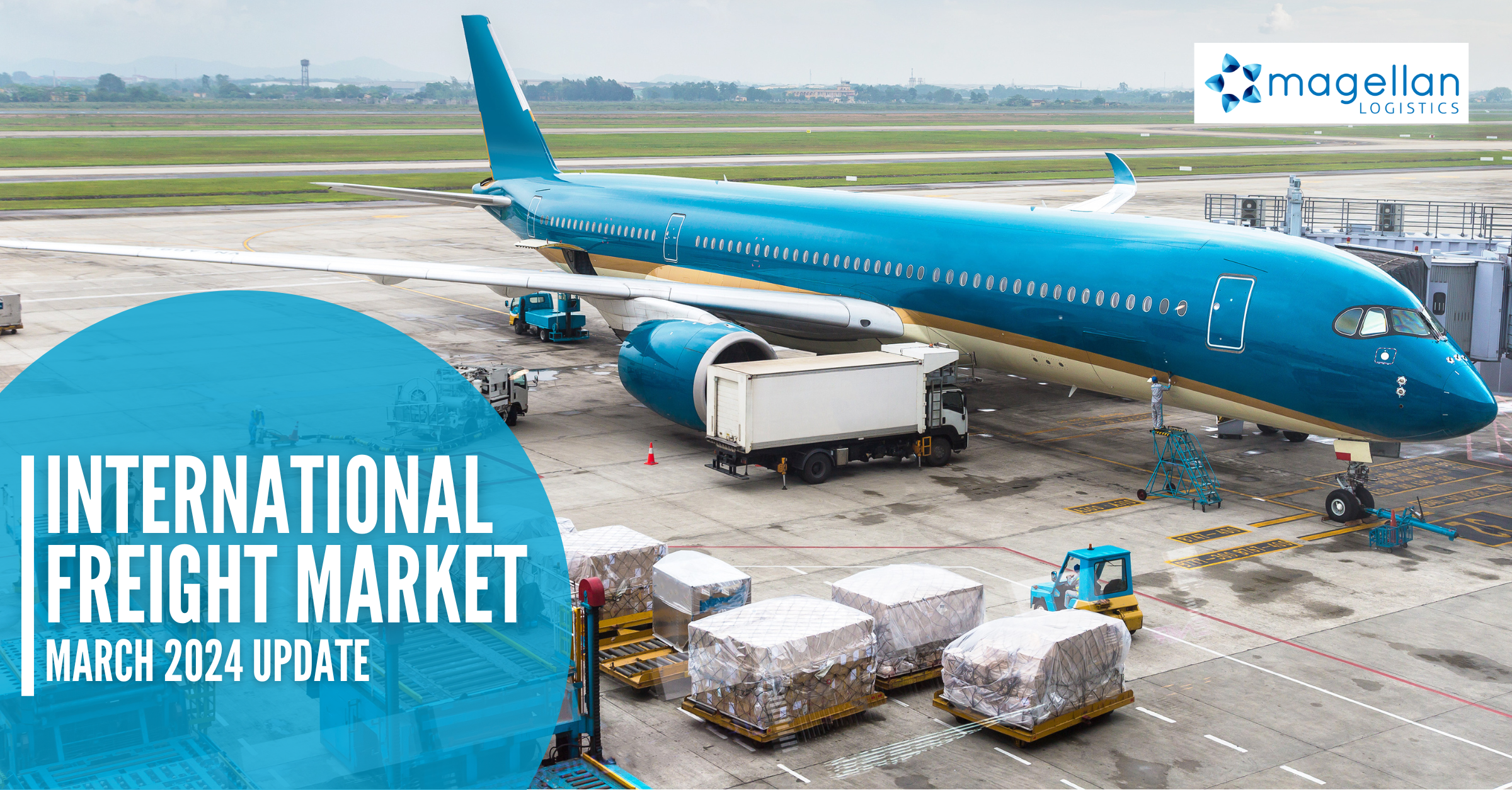When it comes to freight shipping, understanding the language can make all the difference between a smooth transaction and a logistical nightmare. Freight shipping terms are like the lingo of the trade. Whether you are shipping domestically or internationally, these terms define the rules and responsibilities of the shipping process. As an importer or exporter in Australia or New Zealand, you need to know some key freight shipping terms to ensure your goods reach their destination safely and on time.
In our previous exploration of freight shipping terms, we began to understand the intricate language that shapes the world of international shipping. As we delve deeper into this subject, especially in the context of Australia’s dynamic shipping landscape, the nuances and complexities of specific terms become increasingly apparent.
Let’s start with a deeper look at Incoterms. CIF (Cost, Insurance, and Freight) and FOB (Free On Board) are more than mere acronyms. They delineate the responsibilities between sellers and buyers.
Both FOB (Free On Board) and CIF (Cost, Insurance, and Freight) are Incoterms, which are standardised international trade terms published by the International Chamber of Commerce (ICC). These terms define the responsibilities and liabilities of buyers and sellers in international transactions. Choosing between FOB and CIF depends on the parties’ preferences, needs, and strategies. Let’s explore the advantages of FOB compared to CIF.
CIF mandates the Consignor covers not only the shipping costs but also the insurance. This assures the Consignee that, from the moment the goods depart until they arrive at their intended destination, any mishap, damage, or loss is the seller’s liability. It’s a setup that gives the buyer peace of mind in international transactions. On the flip side, however, the Consignee has little control over the costs, mode and transit times.
Conversely, FOB offers a different scenario. The moment the goods are loaded onto the ship, the seller’s responsibility ceases. From that point, the Consignee takes over, bearing the risks and costs of the journey ahead.
Advantages of FOB (Free On Board):
- Control Over Freight Costs: With FOB, the buyer or Consignee can choose their freight forwarder or shipping company. This control can allow the buyer to negotiate better rates or choose a carrier that offers specialised services.
- Transparency: Since the buyer is directly involved in the shipping arrangements, they have better visibility into shipping costs, transit times, and other logistical details.
- Risk Management: The risk transfers from the seller to the buyer once the goods are onboard. Therefore, any potential issues or delays after this point are the buyer’s responsibility, giving them the incentive and authority to manage and rectify any situations.
- Flexibility in Shipping Choices: Buyers have the freedom to choose the best shipping routes, carriers, and schedules that fit their needs.
- Potential Cost Savings: Buyers might benefit from economies of scale if they have larger shipping volumes or negotiated preferential rates with certain carriers.
- Direct Communication with Carriers: The buyer can directly communicate with the shipping line or freight forwarder, leading to more efficient problem-solving if issues arise.
Advantages of CIF (Cost, Insurance, and Freight):
- Convenience for Buyers: With CIF, the Consignor takes care of all the shipping arrangements, including costs and insurance. This can be more convenient for buyers, especially if they’re inexperienced in international shipping.
- Predictable Costs: The buyer knows the total cost of the goods upfront, including shipping and insurance. This can simplify budgeting and financial planning.
- Reduced Responsibility for Buyers: The seller is responsible for the goods until they arrive at the destination port, meaning less logistical responsibility for the buyer.
The choice between FOB and CIF should be based on the buyer and seller’s specific needs, experience, and risk tolerance. FOB gives buyers more control over the shipping process, potentially leading to cost savings and greater flexibility.
This distinction is especially crucial when considering insurance claims and determining who should bear the brunt of any unforeseen issues during transit.
In the world of logistics, the movement of goods often requires a combination of multiple transportation modes. This is where the freight shipping term Intermodal transportation emerges. A shipment might begin its journey on the back of a truck, transfer to a rail system, and finally embark on a ship to cross the ocean. Each phase of this journey requires careful coordination to ensure timely and efficient transfers. This fusion is often a testament to logistical prowess, ensuring efficiency, cost-effectiveness, and timeliness. With its myriad landscapes, intermodal shipping becomes invaluable in accessing remote areas and streamlining supply chains in a vast country like Australia.
The unsung hero in this complex choreography is the humble pallet. While it might seem mundane, its role is pivotal. A pallet, usually made of wood, plastic, or metal, ensures that goods are securely stacked and easily lifted and moved by machinery like forklifts. Its consistent design and durability ensure that products remain safe regardless of where they are in their journey. It’s a testament to the shipping industry’s innovation, emphasising safe and efficient transport.
CFS (Container Freight Station) is the backstage of the shipping world. It’s here that goods are readied for their journey, ensuring they’re packed efficiently and safely for their voyage, grouped and packed (“stuffed”) into containers for shipment, or conversely, where the goods are unloaded (“stripped”) from containers after they have arrived from their overseas or domestic journey. CFSs play a vital role in global trade and logistics, facilitating the efficient movement of goods, especially for businesses that don’t deal in large enough volumes to justify Full Container Load (FCL) shipments.
There are a lot of freight shipping terms that deals with space or volume. Efficient space management is a cornerstone of cost-effective shipping. Here, the CBM (Cubic Metre) plays its part by giving a standardised volume measure, helping shippers understand how much space their cargo will occupy. Space considerations also tie into the term Deadweight, which covers cargo and all aspects of a loaded ship, from crew provisions to the fuel it needs to traverse the oceans.
To further standardise and streamline the process across borders and ports, we have the TEU (Twenty-Foot Equivalent Unit). This globally recognised measure offers a uniform approach to gauging a ship’s cargo capacity. Essentially, it aids shipping companies, port authorities, and shippers to communicate using a common language when discussing space.
In some instances, shipping isn’t straightforward. A cargo might need to be transferred from one vessel to another to capitalise on efficiencies or manage port capabilities. This process is called transhipment. It’s a logistical decision often governed by port capacities, vessel sizes, or cost and time efficiencies.
Timing is critical in shipping, and the ETA (Estimated Time of Arrival) and ETD (Estimated Time of Departure) are pivotal, providing stakeholders with an expected timeline for a shipment’s movements and aiding in planning and decision-making. Far from just timestamps, in the logistics world, they are promises. They represent commitments to customers, setting expectations for when goods will be shipped and when they’ll arrive. Timeliness is a hallmark of excellent service in shipping, making these terms pivotal.
While many might think of shipping as long-distance hauls, the critical legs are often shorter journeys. Cartage services focus on these, handling the transport of goods over short distances and ensuring swift connections between larger transit points, such as between ports and warehouses.
Digital transformations are reshaping every industry, and shipping is no exception. The EDI (Electronic Data Interchange) allows businesses to exchange vital documents electronically. Eliminating manual processes boosts efficiency, reduces errors, and allows tracking of shipments.
A comprehensive understanding of these freight shipping terms is crucial for Australian and New Zealand importers and exporters aiming to understand and navigate the multifaceted world of freight. Each term, in essence, paints a part of the larger picture, helping businesses ensure their goods are transported securely, efficiently, and cost-effectively.
Magellan Logistics provides freight and logistics services to all industries, including sea freight, air freight, customs clearance and the all-important digital freight portal, providing 24/7 visibility of all your shipments. Get in touch with one of our freight specialists on 1300 651 888.














